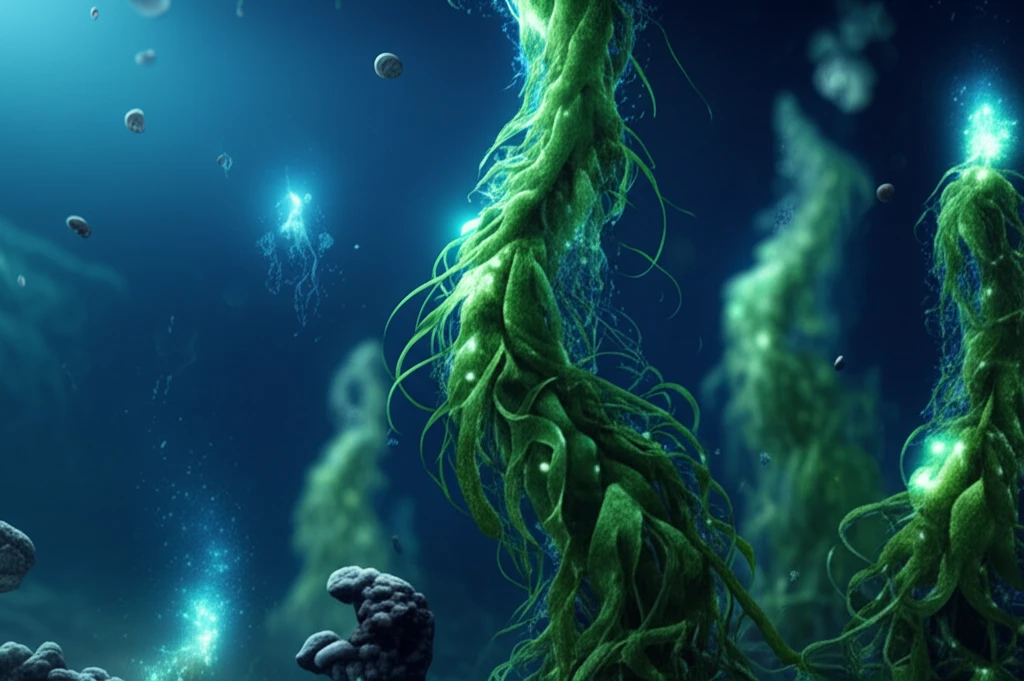
Unlocking the Secrets of Chlorophyll: How Cobalt Could Revolutionize Algae Growth
"Could a trace element be the key to boosting chlorophyll production in algae?"
Microalgae are increasingly recognized for their potential in various applications, ranging from biofuel production to carbon capture. Central to their utility is chlorophyll, the pigment responsible for photosynthesis. Optimizing chlorophyll production is crucial for enhancing algal biomass and overall efficiency.
Researchers have long sought ways to boost chlorophyll levels in microalgae. While factors like light and nutrients are well-known, the role of trace elements is often overlooked. Among these, cobalt has emerged as a potential game-changer.
A new study published in the Journal of Physics: Conference Series sheds light on how cobalt influences chlorophyll a concentration in Nannochloropsis salina, a common microalgae species. This article dives into the findings, exploring the implications for sustainable algae cultivation.
The Cobalt Connection: How Does it Work?

The study, conducted by researchers at Hasanuddin University and the Research Institute for Coastal Aquaculture, focused on the impact of cobalt (Co2+) on Nannochloropsis salina growth in a controlled Conwy medium. They manipulated cobalt concentrations and salinity levels to observe the effects on chlorophyll a production.
- Low Cobalt Boost: At low concentrations (2 ppm), cobalt significantly increased chlorophyll a levels.
- High Cobalt Inhibition: Higher concentrations (4 and 8 ppm) led to a decrease in chlorophyll a.
- Salinity Matters: The effects of cobalt varied depending on the salinity of the medium.
- Growth Dynamics: Cobalt exposure influenced the overall growth rate of N. salina.
Future Horizons: Cobalt's Role in Sustainable Algae Production
This research opens doors for optimizing algae cultivation by carefully managing cobalt levels. While more studies are needed to fine-tune the ideal concentrations for different algae species and environmental conditions, the potential benefits are clear. By unlocking the secrets of trace elements like cobalt, we can pave the way for more efficient and sustainable algae production, contributing to a greener future.
